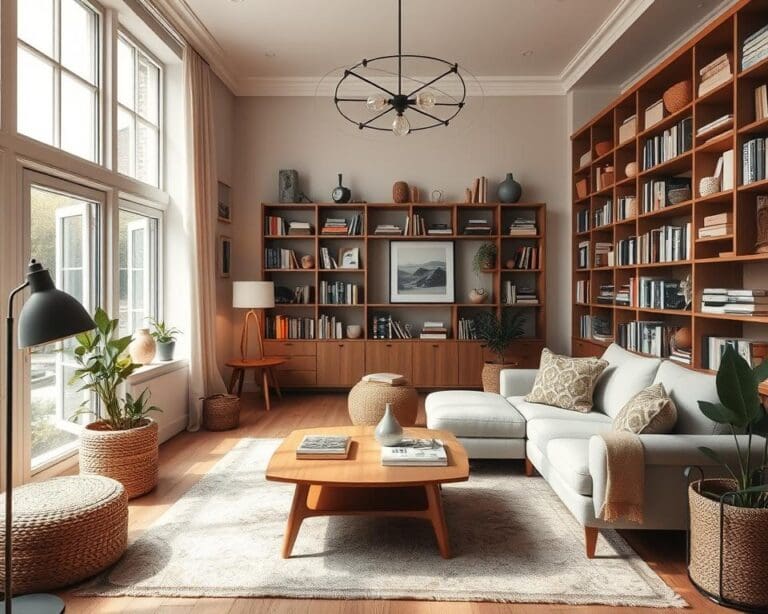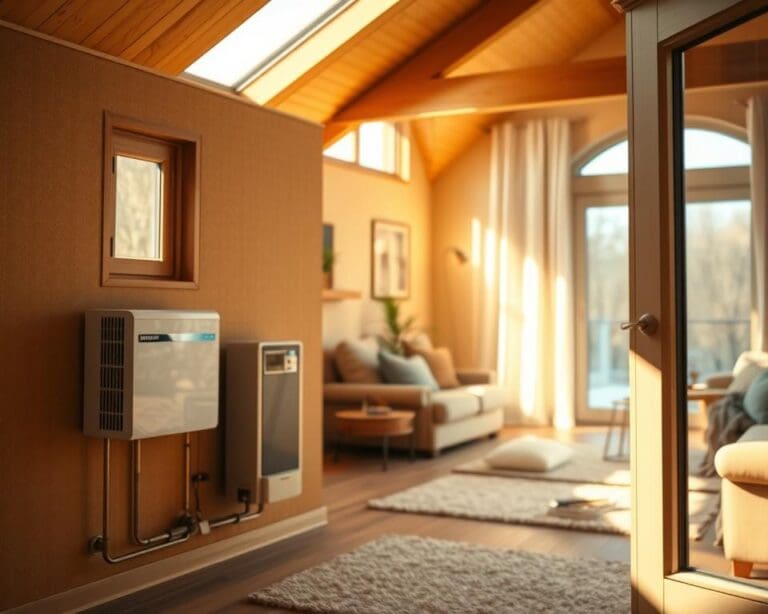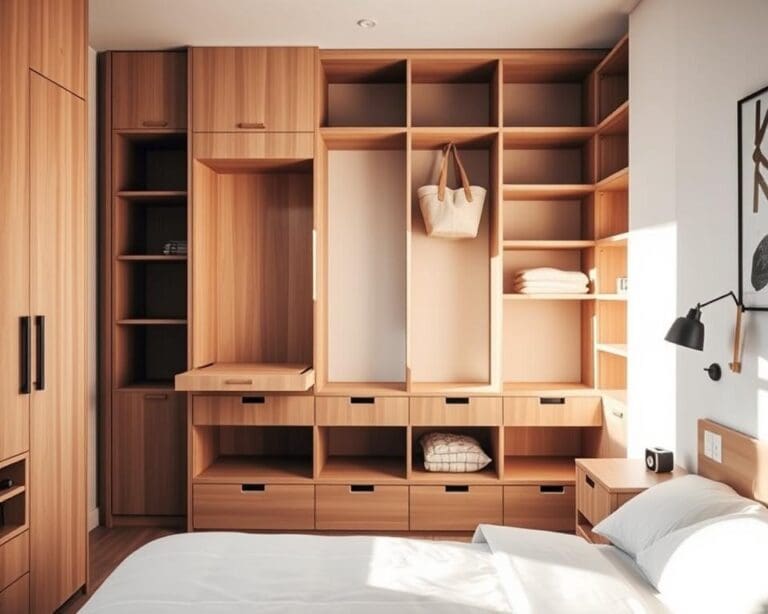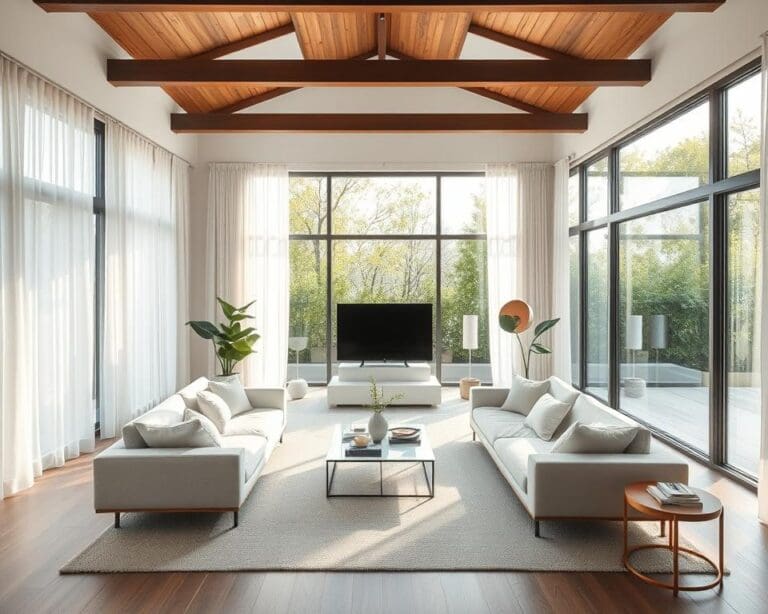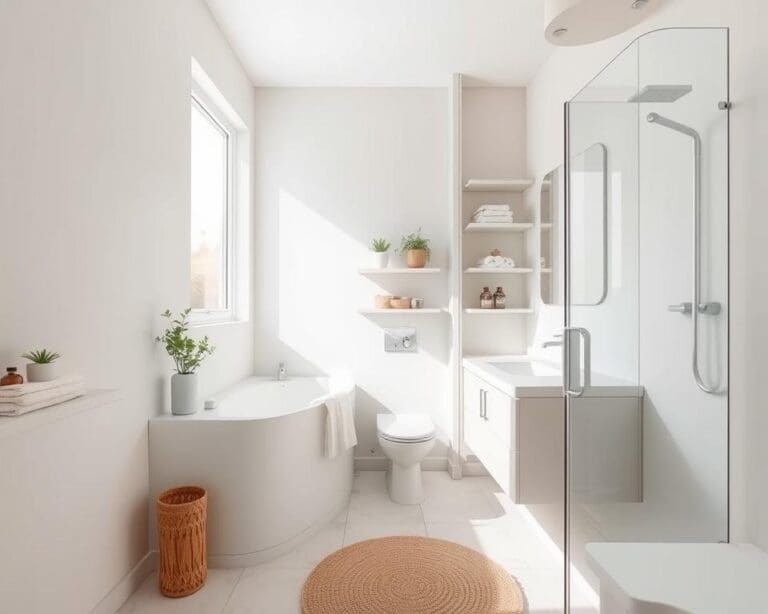In the vibrant world of hospitality, restaurant furniture serves as a critical component in crafting an enchanting dining atmosphere. Thoughtfully curated furniture design not only enhances aesthetic appeal but significantly influences the overall dining experience. Research indicates that guests often make their evaluations based on the comfort and visual allure of their surroundings. Thus, selecting the right pieces is essential for restaurateurs aiming to establish a memorable brand identity. By examining how furniture choices shape ambience, this section aims to unveil the profound impact of well-designed restaurant furniture on attracting and retaining customers.
The Importance of Furniture in Restaurant Design
Furniture serves as the backbone of effective restaurant design, influencing both the initial perception and the overall dining experience. The choices made in furniture selection play a vital role in creating memorable first impressions that resonate with customers. Research suggests that a significant majority of customers form their opinions within moments of entering a restaurant. Thus, effective furniture design can greatly enhance the ambience, drawing patrons in and encouraging them to return.
Creating a Memorable First Impression
First impressions are critical in the world of dining. The arrangement, style, and comfort of furniture can invite guests to settle in and enjoy their meals. For example, an inviting and stylish setting can convey trust and warmth, while poorly chosen furniture might lead to dissatisfaction. Elements such as the choice of chairs and tables can evoke specific feelings, making it essential for restaurateurs to carefully select their pieces to align with their brand identity.
Functionality Meets Aesthetics
A successful restaurant design harmoniously merges functionality with aesthetics. Furniture must not only be visually appealing but should also serve practical purposes. Ergonomics is a key consideration; well-designed seating promotes comfort, allowing patrons to dine leisurely. A well-thought-out layout enhances both the flow of service and the overall dining experience, ensuring that customers enjoy their time at the establishment. By striking the right balance between beauty and utility, restaurants can create environments that not only attract but also keep guests coming back.
What role does furniture play in a restaurant’s atmosphere?
Furniture selection significantly influences the atmosphere of a restaurant, shaping the overall dining experience. The styles, comfort, and arrangement of furniture can deeply affect diners’ moods, enhancing their interactions and satisfaction levels. A well-thought-out design goes beyond mere aesthetics, creating an inviting space that encourages guests to linger and indulge.
Enhancing the Dining Experience
Incorporating varied furniture styles allows restaurateurs to tailor the ambience, promoting atmosphere enhancement that resonates with their clientele. Comfortable seating can lead to longer stays, while unique designs spark curiosity and inspire exploration of the menu. Studies indicate that the arrangement of seating impacts conversation dynamics; intimate booths foster closeness, while communal tables encourage socialisation.
Moreover, guest satisfaction stems directly from the comfort provided by furniture. A relaxed dining environment enhances customer satisfaction, often resulting in positive reviews and return visits. Carefully chosen materials, textures, and styles play crucial roles in shaping these experiences, aligning perfectly with the desired theme of the restaurant.
By recognising the profound link between furniture and the dining experience, restaurateurs can make informed choices that elevate their establishment. This thoughtful approach not only enriches the atmosphere but also cultivates loyal patronage, transforming dining into an unforgettable journey.
Types of Furniture and Their Impact
Choosing the appropriate types of restaurant furniture plays a vital role in shaping the ambiance and functionality of a dining establishment. Each category of furniture contributes uniquely to the overall experience, from the connections forged at dining tables to the social interactions encouraged by bar seating and lounge areas.
Dining Tables and Chairs
Dining tables and chairs serve as the cornerstone of any restaurant environment. The size, shape, and comfort of these essential items significantly influence customer enjoyment and interaction. For intimate settings, smaller tables paired with plush chairs create a romantic atmosphere that invites couples to relax. Larger, communal tables promote social engagement, allowing guests to share space and conversation, enhancing the overall dining experience.
Bar Seating and Lounge Areas
Bar seating and lounge areas cater to the increasing demand for casual dining experiences. These areas should feature comfortable bar stools and inviting couches that encourage patrons to linger longer. The design of these spaces, complemented by ambient lighting, creates an inviting atmosphere. Such arrangements not only enhance customer comfort but also sketch a backdrop for increased orders and delightful conversations, making them indispensable in modern restaurants.
Colour and Material Choices
The choices restaurateurs make regarding colour and furniture materials significantly shape the atmosphere within their establishments. Understanding the impact of different hues on customer behaviour and selecting the right materials can elevate the dining experience and foster a lasting impression.
The Psychology of Colour in Furniture Selection
Colour psychology plays a pivotal role in how patrons perceive a restaurant’s ambience. Specific colours can provoke various emotional responses; for instance, reds and yellows can stimulate appetite and energy levels, making them popular choices for dining areas. On the other hand, cooler shades like blues and greens promote calmness, which can be ideal for more relaxed settings. Each colour choice formulates an unspoken connection with the restaurant’s identity, contributing to an inviting or sophisticated atmosphere.
Material Durability and Maintenance
When it comes to selecting furniture materials, durability and maintenance are critical considerations. Wood offers a classic, warm look that many find appealing, yet it often demands more upkeep to preserve its integrity. In contrast, modern plastics may provide a sleek aesthetic and are easier to clean, catering to the high-traffic environment of a busy restaurant. Balancing aesthetics with practical maintenance needs ensures that the furniture not only looks beautiful but also withstands the rigours of daily use.
Cultural Influences on Restaurant Furniture
In the realm of dining establishments, furniture design serves as a canvas for cultural influences that shape a restaurant’s identity. Each piece is thoughtfully selected, reflecting the essence of the cuisine, while simultaneously enhancing the overall atmosphere. A keen understanding of these cultural influences can lead to a unique and memorable dining experience.
Reflecting Cuisine Through Design
Furniture can be a powerful medium for expressing the distinct flavours of global cuisines. Rustic wooden tables and chairs may convey a traditional Italian vibe, evoking warmth and a sense of home. In contrast, a sleek and modern aesthetic often accompanies Asian dining establishments, where clean lines and minimalistic elements reinforce the delicate presentation of dishes. This cuisine reflection not only attracts patrons but also deepens their appreciation for the culinary artistry at play.
The Role of Furniture in Different Dining Styles
Dining styles significantly dictate the choice of furniture in any restaurant. Fine dining venues often favour elegant fabrics and sophisticated layouts, contributing to an air of exclusivity and high service standards. Casual eateries, meanwhile, embrace comfort and functionality, incorporating more relaxed seating arrangements and durable materials.
- Fine Dining: Emphasis on elegance and luxury.
- Casual Dining: Focus on comfort and accessibility.
- Fast Casual: Blend of quick service with quality furnishings.
Ultimately, understanding the interplay between dining styles and cultural influences encourages restaurateurs to rethink their furniture choices to better resonate with their culinary themes. By aligning design with the dining styles that customers expect, a restaurant can achieve a harmonious balance that enhances the overall dining experience.
Trends in Restaurant Furniture Design
In the rapidly evolving landscape of dining establishments, staying ahead with the latest restaurant furniture trends is essential for creating a competitive edge. One significant shift is the move towards sustainable materials, reflecting a commitment to environmental responsibility that resonates with eco-conscious consumers. Utilising reclaimed wood, recycled metals, and organic textiles not only enhances the aesthetic appeal but also tells a story about the establishment’s values.
Additionally, contemporary design continues to dominate, favouring clean lines and minimalistic styles that create a welcoming ambience. The incorporation of versatile, modular furniture is becoming increasingly popular, as it allows restaurateurs to effortlessly transition spaces for different dining experiences. This adaptability is especially beneficial for establishments looking to cater to diverse clientele while optimising space utilisation.
Technology integration is also on the rise, transforming traditional dining environments into more interactive experiences. From smart tables that enable easy ordering to ambient lighting that adjusts to customer flow, these modern innovations elevate the dining experience. By embracing these trends, restaurant owners can inspire a dynamic atmosphere that not only captivates guests but also aligns with contemporary expectations in design and functionality.



